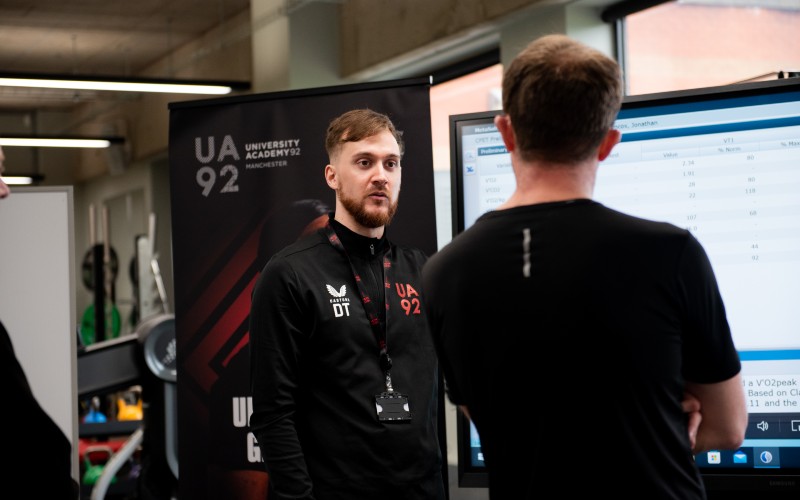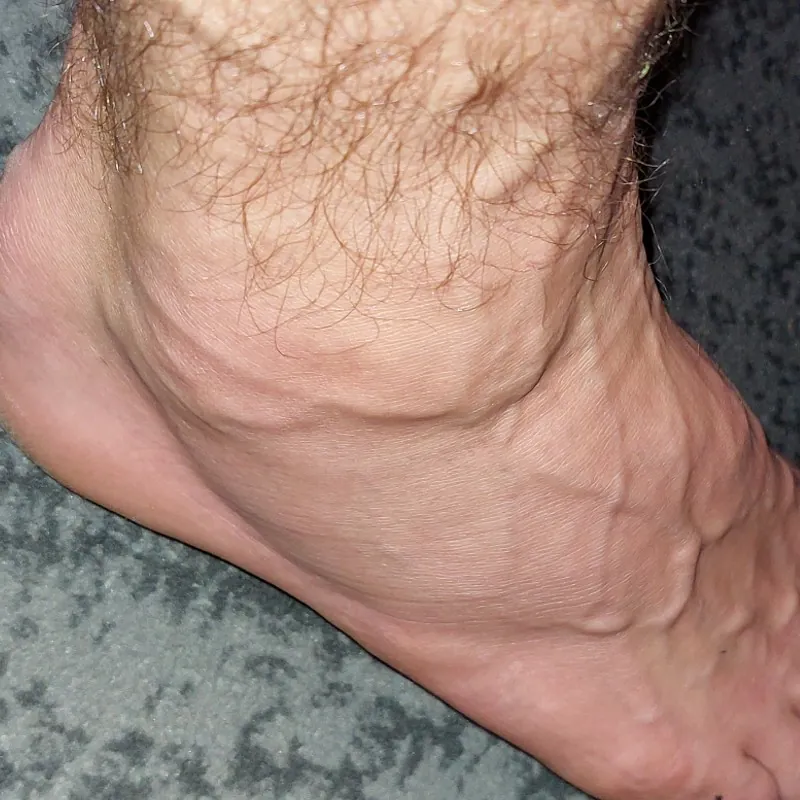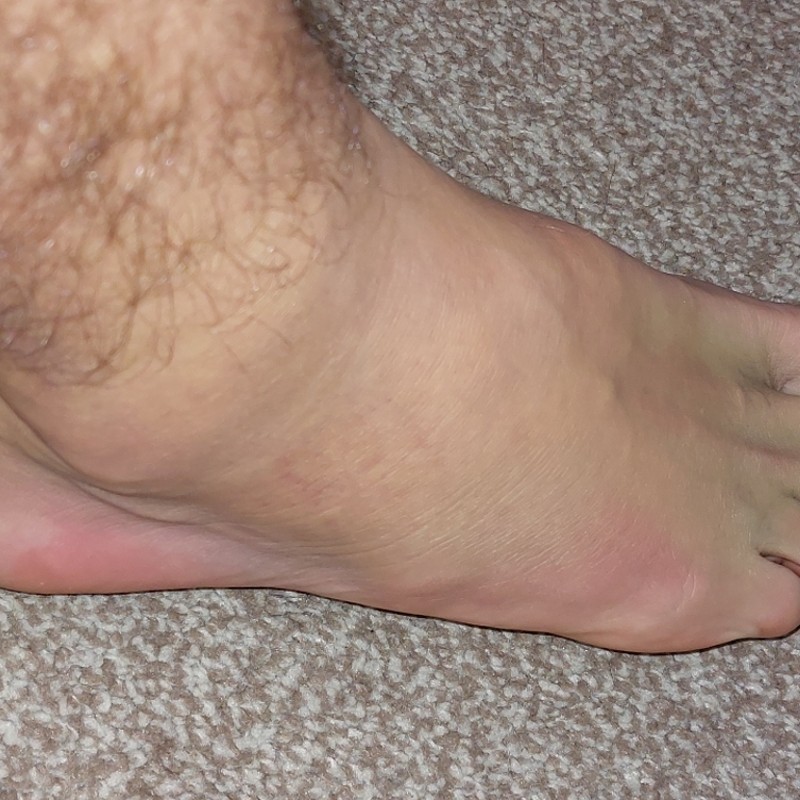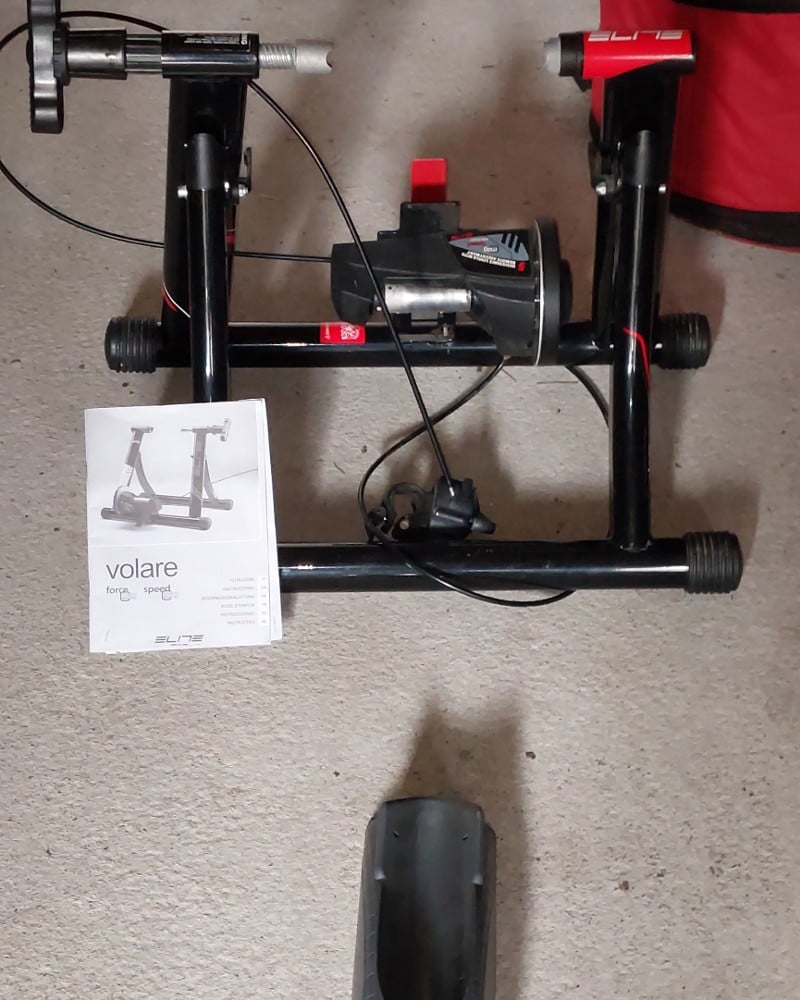You can read the first 11 weeks of Jonathan’s marathon training journey via links further down – and support his chosen charity DEBRA, at this page.
It all started so well.
A trip down to UA92, the Trafford university which specialises in sport and digital, saw Andy Nicol and I undergo Vo2 Max tests in the performance lab.
Vo2 Max is maximal aerobic capacity – the maximum millilitres of oxygen consumed in one minute per kilogram of bodyweight – and measures the ability of your heart to push blood to your muscles, and how efficiently your muscles can extract oxygen from it.
“We move the subject through different stages of intensity for a long enough period to get usable data,” Dr Dan Tinnion tells me afterwards.
For around 20 minutes on the treadmill, wearing Darth Vader-esque respiratory masks, we moved from 6km/h up to a top speed of 19-20km/h (OK, so Andy got to 20 and I maxed out at 19).
Dr Tinnion monitored our heart rate, volume of air consumed and the composition of carbon dioxide and oxygen as we moved up, with each stage lasting a few minutes. “We want to calculate the upper limit of what we can do [in terms of exercise intensity] for an extended period of time,” he explains.

In rough terms, if you push yourself too hard – exceeding your anaerobic threshold – your blood will become unable to provide your muscles with oxygen quickly enough, causing them to source energy from within themselves. This anaerobic system, used in sprinting and other high-intensity exercise, has a finite supply measured in seconds and leads to the flooding of the muscles with lactic acid.
In a marathon, you will naturally remain within the limits of your aerobic system. But understanding where that threshold is can help you to maximise performance – and achieve that coveted PB.
“If I just ramped someone up really quickly in the test, I’d get a max value – but it would be a very ‘in and out’ kind of value,” says Dr Tinnion. “You wouldn’t be able to run at that pace with confidence, because it may have been a momentary spike in the data.”
The physiologist, who recently completed a PhD in this area of buffers and fatigue, delivers some good news following the test: “Your overall fitness, if we trust the Vo2 entirely as a sole measure, is in a good place, with solid and steady output at lower speeds on the treadmill.”
Later analysis showed my Vo2 Max value to be 60. The average for my gender and age bracket is 35-38, with more than 51 rated as excellent (according to research I looked up online five minutes ago). Dr Tinnion says elite athletes register values of between 70-90.
While advising me to engage in the occasional speed work session, he sums up: “Very crudely, mileage is the main thing – to get yourself through a marathon, you want to be able to deal with the repeated impact.
“In terms of the physiological response, you can see the top-end pace you’d be comfortable maintaining – and the mileage will then allow you to extend that over 26 miles.”
If you can spare anything, support DEBRA by sponsoring Jonathan’s run here
This left me happy with my running plan – building up the low-intensity mileage, with a weekly speed repeat session and long run increasing up to 20 miles – and off I toddled to play seven-a-side football.
For 15 minutes I was like Franz Beckenbauer (most definitely in my mind alone); then on a final forage forward, with the ball slightly behind me on the right, I decided to wrap the outside of my left foot around it with a Ricardo Quaresma rabona strike. Glory awaited.
It was raining. The astro was treacherous. Not only did I barely connect, but I went over on my right ankle. “Was it worth it?” someone smirked (and rightly so).
In the time-honoured tradition of ‘trying to run it off’, I hobbled around in goal for an hour – saving multiple strikes with the outside of my right ankle, stupidly – then drove home.
This is how it looked:

A visit to small injuries clinic the following day revealed no fracture, thankfully, and damage to the ligaments on the outside of the foot. When the doctor asked me how I’d done it, he replied: “The old David Dunn injury, eh?”
He wasn’t the first – or the last – to draw a parallel with the former England midfielder this week. After all, what are friends for?
Three days of a different kind of RICE – rest, ice, compression, elevation – brought down the swelling (thank you, GCSE PE). Over a few further days with no exercise and some heat treatment (well, hot baths), my foot turned into a bruise which is now subsiding. And the marathon is still on – hopefully.

A few people have asked how I am mentally, and I can honestly say I’m fine with it. I immediately drew up a new plan – swimming, cycling, yoga and eventually light running – which will hopefully maintain fitness as the race hoves into view.
It was also a great excuse to buy a new gadget from Gumtree:

More on this next week – although a mate reckons it won’t work with mountain bike tyres, so I may have just wasted £10…
You can sponsor Jonathan’s London Marathon run, supporting his chosen charity DEBRA, at this page.
